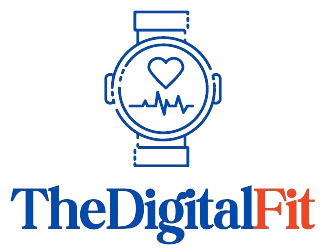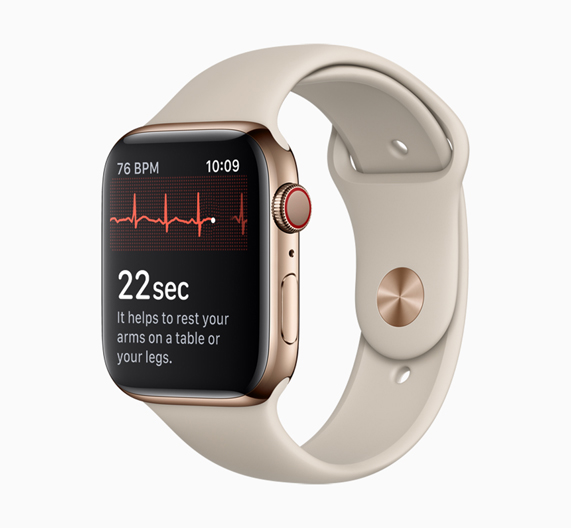There are only a few weeks left before the release of Apple Watch Series 10 or Apple Watch Series X. Rumours have indicated that the new watch may include features such as monitoring and alerting for signs of sleep apnea. According to GlobalData, a leading data and analytics company, questions have been raised about whether the new smartwatch will start taking share away from the sleep apnea diagnostic systems market.
As per the analytics firm, the sleep apnea diagnostic systems market was valued at $905 million in 2023 and is projected to reach sales of $1.3 billion by 2033, at a compound annual growth rate (CAGR) of 3.8 per cent.
“Many smartwatches have already been designed to track sleep patterns and vital signs. However, they cannot replace an actual sleep study that includes either a polysomnogram or Home Sleep Apnea Test,” said Tina Deng, MSc, Principal Medical Devices Analyst at GlobalData.
“While a smartwatch is not as accurate as gold standard approaches, it can still be used by clinicians to monitor obstructive sleep apnea (OSA) in patients for extended periods without the need for many cables and sensors. The majority of individuals with sleep apnea remain undiagnosed, indicating a need for increased awareness and accessibility to diagnostic tools,” she added.
Samsung Electronics introduced a new sleep apnea feature on the Samsung Health Monitor app in February 2024, authorised by the US Food and Drug Administration (FDA).
As more smartwatches launch with sleep apnea detection features, more people will choose this convenient approach before visiting a sleep clinic for the final diagnosis, the report said.
“The market of smartwatches with sleep apnea detection is driven by a combination of convenience, accuracy, and FDA authorisation, with a focus on addressing undiagnosed cases and improving existing technologies to meet evolving patient needs,” Deng said.
She further mentioned that the integration of artificial intelligence (AI) and the emphasis on home monitoring reflect “key trends shaping the future of sleep apnea diagnosis and management”.

